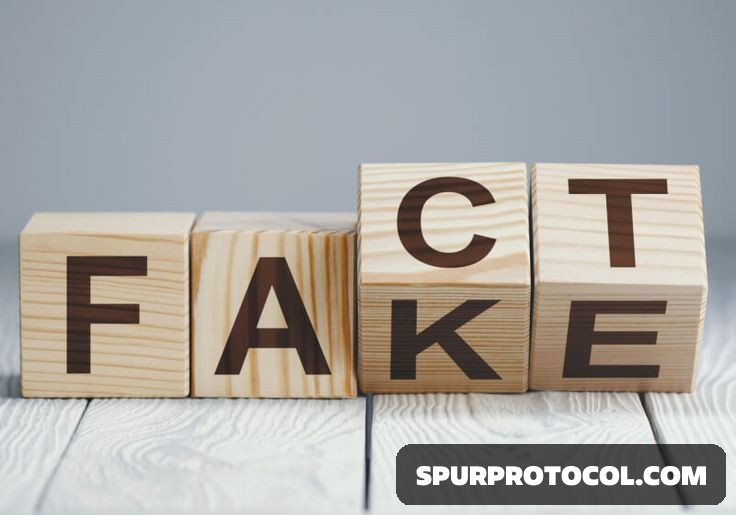How To Spot Misinformation Online
Lesson Time: How to Bust Misinformation Online Like a Pro. Let’s Go!
Go Back

🕒 7:59 PM
📅 Mar 15, 2025
✍️ By Birking
1: The Hook
Misinformation is everywhere—news, posts, even memes. It can trick us into bad decisions. Want to fight back? Here’s a quick lesson on spotting it like a pro. Let’s dive in
2: Check the Source
First rule: Who’s saying it? Legit sources have a track record—think BBC, not ‘Bob’s Blog.’ Dig into the author or site. No creds? Red flag. Trust takes proof.
3: Look for Evidence
Claims without facts are just noise. Real info cites data, studies, or firsthand accounts. If it’s all opinion and no substance, question it. Demand proof.
4: Watch the Headlines
Screaming headlines like ‘SHOCKING TRUTH REVEALED!’ are bait. If it’s too wild to be true, it probably isn’t. Compare it to the full story—does it match?
5: Spot Emotional Tricks
Misinfo loves your feelings—anger, fear, or joy. If it’s pushing your buttons hard, pause. Truth doesn’t need drama to stand up. Stay cool, check facts.
6: Verify with Multiple Sources
One post isn’t enough. Cross-check with 2-3 trusted outlets. If only one shady site’s yelling it, it’s likely fake. Truth holds up under scrutiny.
7: Check Dates and Context
Old news can masquerade as new. That ‘breaking’ story from 2015? Outdated. Look at timestamps and dig deeper—context is king.
8: Use Fact-Checking Tools
Lools like Snopes, FactCheck.org, or Google’s reverse image search can bust lies fast. Got a pic or claim? Run it through. Tech’s your ally here.
9: The Takeaway
Spotting misinformation takes practice: check sources, demand evidence, and stay skeptical. You’ve got the tools now—use ‘em to cut through the noise.
10: Engage & Reflect
What’s the wildest fake you’ve seen online? Drop it below—I’ll check it with you. Teach others this lesson, and let’s clean up the web together.
The end

